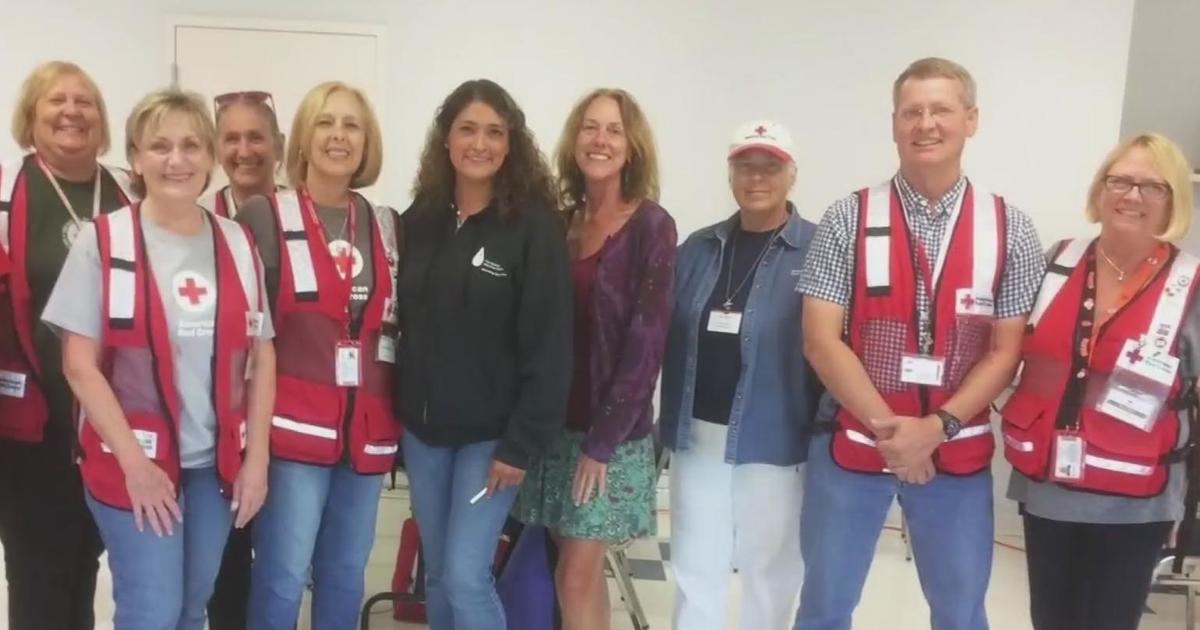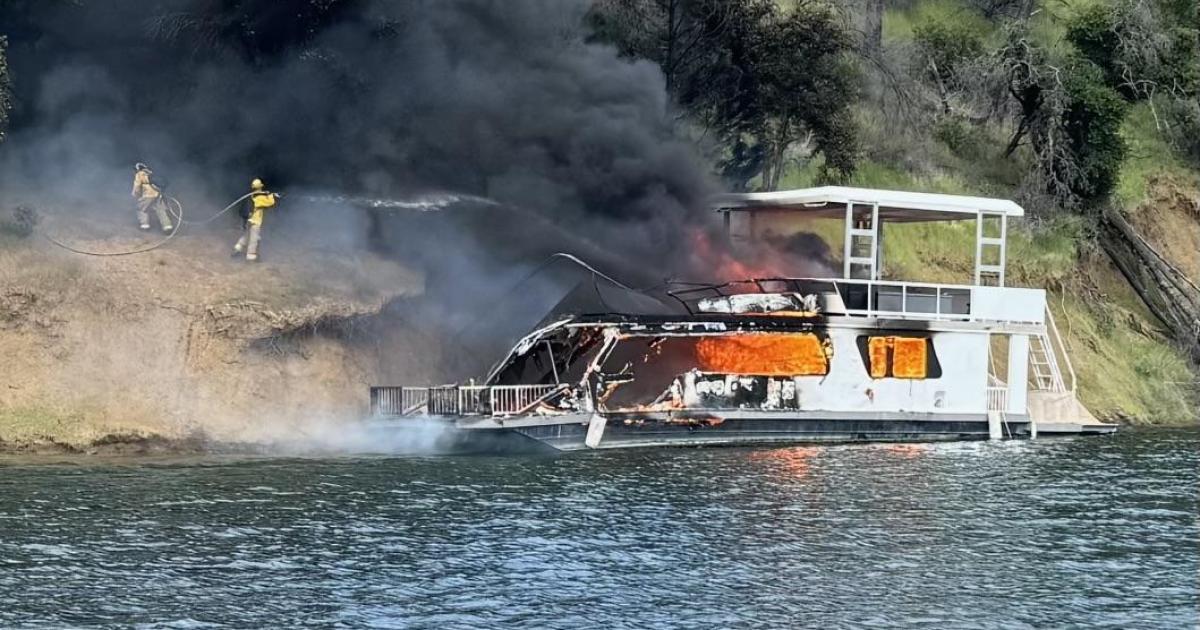Researchers Help Bay Area Firefighters Battle Hotter House Fires
MENLO PARK (CBS 5) -- House fires are burning quicker and hotter than ever before, putting lives at risk. The Menlo Park Fire Department has teamed up with a Silicon Valley research firm to figure out why.
Searching through thick smoke for survivors of a house fire is a dangerous job. But the men and women of the Menlo Park Fire Department have an edge.
Chief Harold Schapelhouman has teamed up with some of the world's leading fire scientists to better protect his crews and save lives. "What we wanted to do is be more analytical," he said.
Firefighters and researchers show CBS 5 a live burn experiment where a container is set up to look like a small living room. The room has couches, pillows, a coffee table, and newspapers, among other items.
Thermal scientist Abid Kemal lights a candle in the living room. Within seconds, the curtains catch on fire. Smoke starts seeping up to the ceiling. As the cloud of smoke lowers, the temperature rises. Then, almost simultaneously, the furniture self-ignites. It's called a flashover.
Kemal said a house fire these days reaches flashover in just 3-4 minutes. The burn is analyzed in detail with computer generated animations.
"At every node you are computing the temperatures, the pressures, the flow rates the heat release," said Kemal.
Flashover happens much faster these days because of modern furniture. For instance, sofas are stuffed with synthetic materials that burn ten times faster than cotton. With so little time to spare, firefighters have had to adapt with new tactics.
First: Ventilation. Traditionally, when firefighters arrive at a fire they might open a door or window to get in and look for survivors. But if that burst of oxygen comes after the flashover, it could fuel the flames.
"You can make things much worse if you are not careful," said Schapelhouman.
The second change involves the timing for turning on water hoses. Dousing a house fire before going in was something firefighters never used to do, for fear of burning people inside with steam.
Now that house fires burn so hot, Schapelhouman said, "Using water sparingly but strategically is really what I would say the trick would be. It's almost like choreography, the analytics help."
What can a homeowner do? If you don't have them, but can afford them, install sprinklers. Kemal showed CBS 5 how sprinklers stop fire in its tracks, in a computer generated animation of a real fire.
"A lot of people are buying solar panels, but I would say look at what protects your family first. Sprinklers protect your family," said Schapelhouman.
Smoke detectors are also essential. "We are already behind, but degrees of behind are based on early detection. The key message is be prepared," said Schapelhouman.
(Copyright 2012 by CBS San Francisco. All Rights Reserved. This material may not be published, broadcast, rewritten, or redistributed.)



